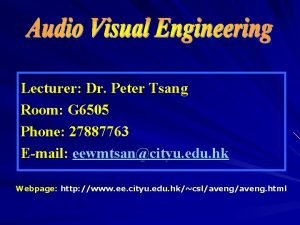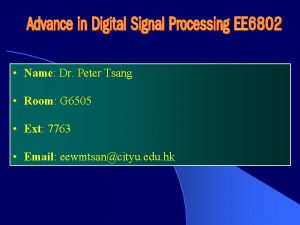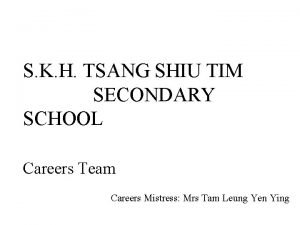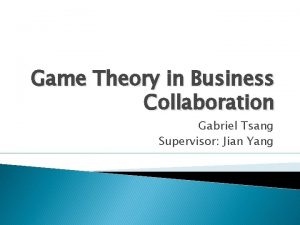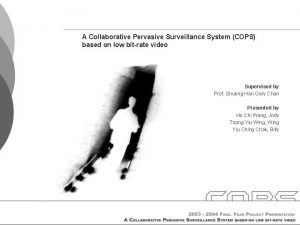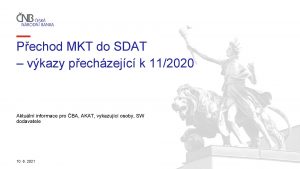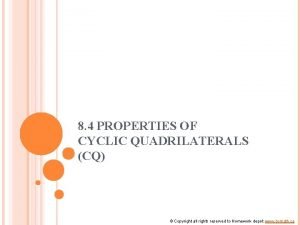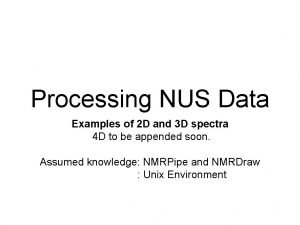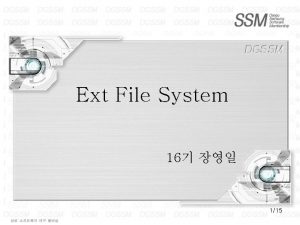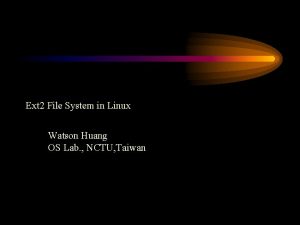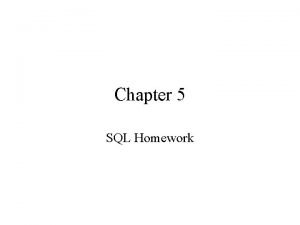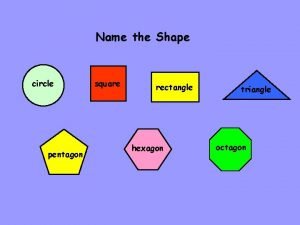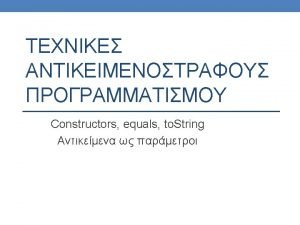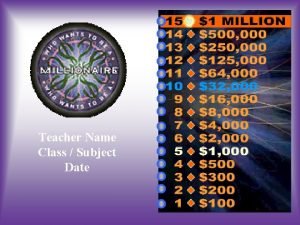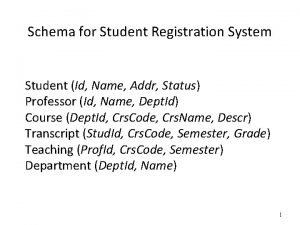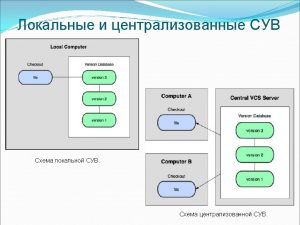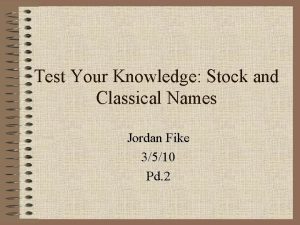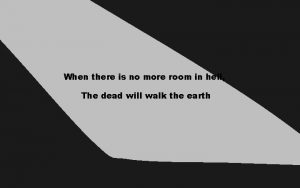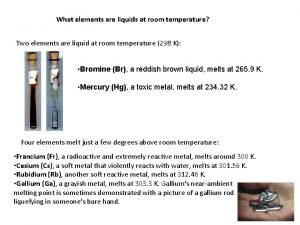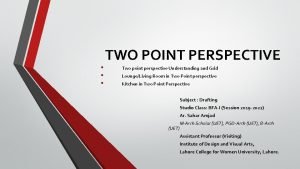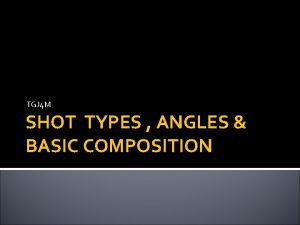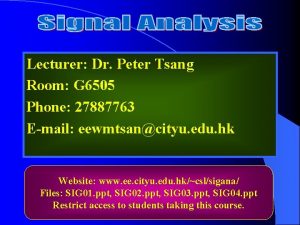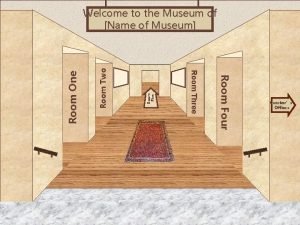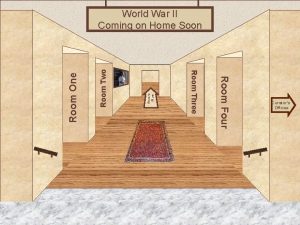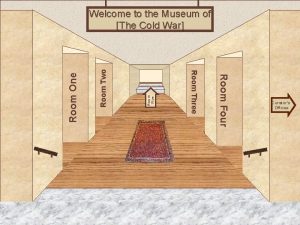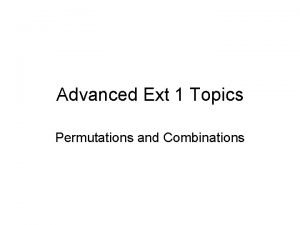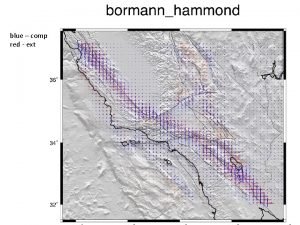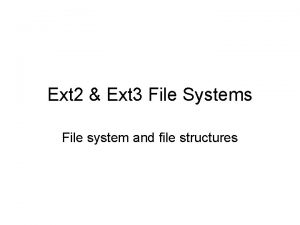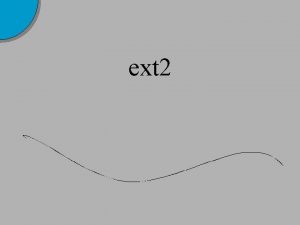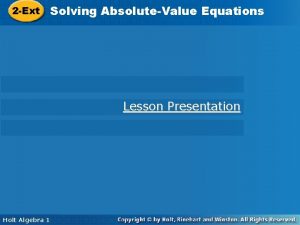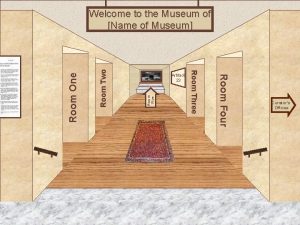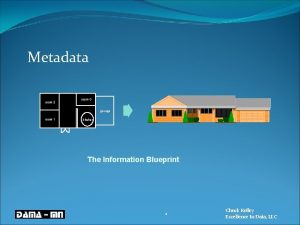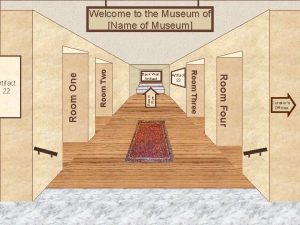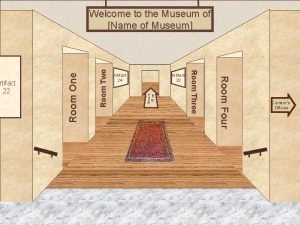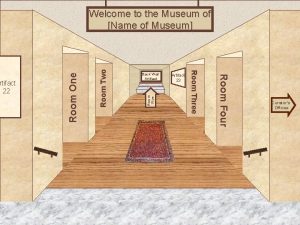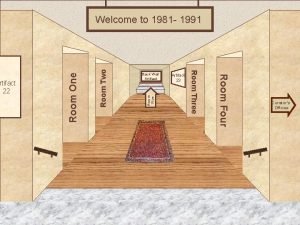Name Dr Peter Tsang Room G 6505 Ext















































![• The bandwidth of any set of sequence is restricted to [0, ] • The bandwidth of any set of sequence is restricted to [0, ]](https://slidetodoc.com/presentation_image/22cd8a0dcad3060964a1f1160b238f12/image-48.jpg)











- Slides: 59

• Name: Dr. Peter Tsang • Room: G 6505 • Ext: 7763 • Email: eewmtsan@cityu. edu. hk

• • • Introduction to Digital Signal Processing Digital Filter Design Multi-rate Signal Processing Wavelet Applications http: //www. ee. cityu. edu. hk/~csl/adsp. html

• A. N. Akansu et. al. , “Multiresolution Signal Decomposition”, Academic Press. • P. P. Vaidyanathan, “Multirate Systems and Filter Banks”, Prentice Hall. Students are strongly recommended to look for reference books in the library

Special Arrangement Class cancellation: Week 5 (6 th Oct 2007) Course Assessment: 100% Laboratory Sessions : 1 st weeks 8 2 nd weeks 10 to 13 Subject to change if necessary

Expected outcome from students: 1. 2. 3. 4. 5. Familiarize with FIR and IIR Digital Filter Design. Establish the concept of Multi-resolution Signal Decomposition. Understanding the basic mathematical framework of Wavclet Decomposition. Capable of designing and building Digital Filters, Multi-resolution and Wavelet filter banks. Applying Wavelet Decomposition in image processing.

Signal Processing x(t) Input signal System Transfer function (filter) Allow certain frequency band to pass, and reject others y(t) = G{x(t)} Output signal Figure 1

Signal Processing x(t) h. FF(t) y(t) = G{x(t)} Output signal Input signal Non-recursive system h. FF(t) Feed forward response Figure 2

Signal Processing x(t) y(t) = G{x(t)} h. FF(t) Output signal Input signal Non-recursive system y(t) = x(t) * h. FF(t) (1) Figure 3

Convolution y(t) = x(t) * h (t) h( ) x( ) -2 -1 0 1 2 3 4 5 6 y(0)= AREA[h( ) -2 -1 0 1 2 3 4 5 6 x(- )] -5 -4 -3 -2 -1 0 1 2 3 4 5 6 y(1)= AREA[h( ) -5 -4 -3 -2 -1 0 1 2 3 4 5 6 x(1 - )]

Convolution y(t) = x(t) * h (t) h( ) x( ) -2 -1 0 1 2 3 4 5 6 y(2)= AREA[h( ) x(2 - )] -5 -4 -3 -2 -1 0 1 2 3 4 5 6 y(3)= AREA[h( ) -5 -4 -3 -2 -1 0 1 2 3 4 5 6 x(3 - )]

Signal Processing h. FF(t) + x(t) Input signal h. FB(t) y(t) = G{x(t)} Output signal Recursive system h. FB(t) Feed backward response Figure 4

Signal Processing h. FF(t) + y(t) = G{x(t)} x(t) Input signal h. FB(t) Output signal Recursive system y(t) = x(t) * h. FF(t) + y(t) * h. FB(t) (2) Figure 5

Signal Processing Analog systems are implemented with analog circuits built up with resistors, capacitors, inductors and transistors. Both input and output signals are continuous waveforms.

Digital Signal Processing - a five steps process Step 1 - Sampling TS x(t) x(n. TS) Figure 6

Digital Signal Processing - a five steps process Step 2 - Analog to Digital Conversion (ADC) x(n. TS) x(n) = [x(0) , x(1) , x(2) , . . . , x(N-2) , x(N-1)] Figure 7

Digital Signal Processing - a five steps process Step 3 - Computation on input data sequence e. g. A simple Low Pass Filter y(n) = 0. 25 x(n-1) + 0. 5 x(n) + 0. 25 x(n+1) (3)

Digital Signal Processing - a five steps process Step 4 - Digital to Analog Conversion (DAC) y(n) = [y(0) , y(1) , y(2) , . . . , y(N-2)] y(n. TS) Figure 8

Digital Signal Processing - a five steps process Step 5 Interpolation y(n. TS) y(t) Figure 9

Digital Signal Processing x(n) x(t) Digital Filter y(n) ADC y(t) DAC + Int. y(n) = G{x(n)} Figure 10

Digital Signal Processing - key issues 1. Build a mathematical model of the system. 2. Design algorithms and formulations for the model 3. Apply the algorithms to the input data and calculate the output data 4. convert the data to the time domain

Models and Algorithms 1. A model is a mathematical description on the response of the system 2. An algorithm is the realization of the model Model: H(s) = 1/(s+b) R Analog realization C

Models and Algorithms 1. A model is a mathematical description on the response of the system 2. An algorithm is the realization of the model Model: H(s) = 1/(s+b) Digital realization y(n) = w 1 x(n-1) + w 2 x(n) + w 3 x(n+1)

Models and Algorithms Analog System: Determine transfer function H(s) Built circuit equivalent to H(s) Digital system: Given H(s), how to determine the equation and parameters? Solution: A standardized equation for the class of linear time-invariant (LTI) systems.

What is an LTI system? Linear x 1(n) x 2(n) Digital Filter y 1(n) y 2(n) Figure 11

What is an LTI system? Linear x 1(n) Digital Filter x 2(n) Digital Filter x 1(n) + x 2(n) Digital Filter y 1(n) y 2(n) y 1(n) + y 2(n) Figure 12

What is an LTI system? Time Same response to every part of the Invariant input sequence x (n) Digital Filter y (n) = G{x(n)} x (n-no) Digital Filter y (n-no) = G{x(n-no)} Figure 13

Generalised LTI system M NF k=1 k= -NF y (n) = ak y(n-k) + bk x(n-k) (4)

Generalised LTI system M NF k=1 k= -NF y (n) = ak y(n-k) + bk x(n-k) (4) Modifying parameters { M, NF, ak and bk} gives different responses (filtering functions).

Summary Designing analog systems • Identify the desire filter response (e. g. HP, LP, etc. )

Summary Designing analog systems • Identify the desire filter response (e. g. HP, LP, etc. ) • Determine the mathematical representation of the response H(s)

Summary Designing analog systems • Identify the desire filter response (e. g. HP, LP, etc. ) • Determine the mathematical representation of the response H(s) • Implement the filter circuit with RLC transistors and FETs

Summary Designing digital systems • Digitize the input analog signal into a sequence of data x(n) = [x(0), x(1), x(2), . . . . x(N-1)]

Summary Designing digital systems • Digitize the input analog signal into a sequence of data x(n) = [x(0), x(1), x(2), . . . . x(N-1)] • Identify the desire digital filter response (e. g. HP, LP, etc. )

Summary Designing digital systems • Digitize the input analog signal into a sequence of data x(n) = [x(0), x(1), x(2), . . . . x(N-1)] • Identify the desire digital filter response (e. g. HP, LP, etc. ) • Determine the mathematical representation of the digital response G(n)

Summary Designing digital systems • Digitize the input analog signal into a sequence of data x(n) = [x(0), x(1), x(2), . . . . x(N-1)] • Identify the desire digital filter response (e. g. HP, LP, etc. ) • Determine the mathematical representation of the digital response G(n) • Implement the digital filter with the Generalised LTI architecture

It sounds simple, but something does not fit in What is it?

It sounds simple, but something does not fit in What is it? The sequence of data x(n) = [x(0), x(1), x(2), . . . . x(N-1)] seems to be unrelated to time and frequency.

In fact, the data may have nothing to do with time. e. g. , the intensity of a row of pixels in an image x(0) = 255 x(1) = 255 x(2) = 128 x(3) = 128 x(4) = 255 x(5) = 255 x(n)= [ 255, 128, 255, 255] Figure 14

So what is meant by frequency in the digital domain?

So what is meant by frequency in the digital domain? Number of cycles or repetitions within a sequence of data

Number of cycles or repetitions within a sequence of data. Consider a 12 points sampling lattice x(n) 3 2 1 0 -1 -2 -3 1 cycle n Figure 15

Number of cycles or repetitions within a sequence of data. Consider a 12 points sampling lattice x(n) 3 2 1 0 -1 -2 -3 2 cycle n Figure 16

Maximum number of cycles that can be represented in a sampling lattice. Consider a 12 points sampling lattice x(n) 3 2 1 0 -1 -2 -3 n Figure 17

Number of cycles or repetitions within a sequence of data. Maximum number of cycles = N/2 x(n) 3 2 1 0 -1 -2 -3 n Figure 18

Assuming that the sampling frequency is 1 Hertz or 2 radians/second The maximum frequency that can be represented is 1/2 Hertz or radians/second

Assuming that the sampling frequency is 1 Hertz or 2 radians/second The maximum frequency that can be represented is 1/2 Hertz or radians/second The resolution in the frequency domain is 1 cycle, i. e. 1/N Hertz or 2

A typical spectrum Mirror Image x(n) Mirror Image f 0 2 N 2 N Figure 19
![The bandwidth of any set of sequence is restricted to 0 • The bandwidth of any set of sequence is restricted to [0, ]](https://slidetodoc.com/presentation_image/22cd8a0dcad3060964a1f1160b238f12/image-48.jpg)
• The bandwidth of any set of sequence is restricted to [0, ]

• • The bandwidth of any set of sequence is restricted to [0, ] The resolution in the frequency domain is 2 /N

• • • The bandwidth of any set of sequence is restricted to [0, ] The resolution in the frequency domain is 2 /N All real sequences have symmetrical USB and LSB

• • The bandwidth of any set of sequence is restricted to [0, ] The resolution in the frequency domain is 2 /N All real sequences have symmetrical USB and LSB The ‘frequency’ of the sequence is relative to the sampling frequency which is taken as 1 Hz or 2 radians/second

• • The bandwidth of any set of sequence is restricted to [0, ] The resolution in the frequency domain is 2 /N All real sequences have symmetrical USB and LSB The ‘frequency’ of the sequence is relative to the sampling frequency which is taken as 1 Hz or 2 radians/second

How to obtain the Spectrum from a Sequence of Data? • For analog waveform, we use Fourier Transform Forward Transform (5) Inverse Transform (6)

How to obtain the Spectrum from a Sequence of Data? • For digital sequence, we use Discrete Fourier Transform Forward Transform (7) Inverse Transform (8) with (9)

What are ‘n’ and ‘k’? Forward Transform n is an index to each sample of the waveform 3 2 1 0 -1 -2 -3 n=1 n=2 n=3 n

What are ‘n’ and ‘k’? Forward Transform k is an index to each frequency component in the spectrum Each frequency component is calculated with a value of ‘k’, e. g. The first (D. C. ) component corresponds to k=0 The second component corresponds to k=1, and so on

How to obtain the Spectrum from a Sequence of Data? • For digital filter design, the z Transform is often used as well. (See suplementary notes) Forward z Transform (10) Unlike Fourier Transform, there is no simple inverse transform relation for z Transform.

How to obtain the Spectrum from a Sequence of Data? • For digital filter design, the z Transform is often used as well Forward z Transform (10) Unlike Fourier Transform, there is no simple inverse transform relation for z Transform. z is a complex variable which can be represented as: z = rej

The basic meaning of ‘z’ Img z = rej r Real A 2 -D variable Figure 20
 Polyatomic definition
Polyatomic definition Dr peter tsang
Dr peter tsang Dr peter tsang
Dr peter tsang Let's look at some examples
Let's look at some examples Skh tsang shiu tim secondary school
Skh tsang shiu tim secondary school Gabriel tsang
Gabriel tsang Ooi wei tsang
Ooi wei tsang Edman tsang
Edman tsang Jenny tsang-quinn
Jenny tsang-quinn Sharing
Sharing Jody tsang
Jody tsang Sb-4390wmt-ext
Sb-4390wmt-ext Ex link tv
Ex link tv Sdat-ext
Sdat-ext Language ext
Language ext The value of exterior angle in cycloalkane is :
The value of exterior angle in cycloalkane is : Nmrpipe ext
Nmrpipe ext Ext file system
Ext file system Ext apply
Ext apply Ext
Ext Robedom
Robedom To room nineteen summary
To room nineteen summary Hotel.hotelno=room.hotelno(hotel room)
Hotel.hotelno=room.hotelno(hotel room) Name all the lines name all the segments name all the rays
Name all the lines name all the segments name all the rays Socrativestudent login
Socrativestudent login First name and last name example
First name and last name example Name above every other name
Name above every other name Square pentagon hexagon
Square pentagon hexagon Public class plant private string name
Public class plant private string name What is name
What is name Name of presentation company name
Name of presentation company name Name of presentation company name
Name of presentation company name Name date class teacher
Name date class teacher What is my name
What is my name How old is she
How old is she School
School Student id name department name
Student id name department name Git global user name
Git global user name Lecturer's name or lecturer name
Lecturer's name or lecturer name Agile inception planning
Agile inception planning Name class date
Name class date First name last name tpu
First name last name tpu Jordan stock name
Jordan stock name When there is no more room in hell
When there is no more room in hell What two elements are liquid at room temperature
What two elements are liquid at room temperature Vertical traction
Vertical traction Keslerscience
Keslerscience Wusm room reservation
Wusm room reservation I could clean the room for you
I could clean the room for you Gut and tripe room
Gut and tripe room 2 point perspective grid
2 point perspective grid Sentence with tone
Sentence with tone The veldt room
The veldt room Meaning of computer room
Meaning of computer room Branches of government escape room
Branches of government escape room Type of shot
Type of shot Booking a hotel room conversation
Booking a hotel room conversation Bush room mit
Bush room mit Hubbart formula
Hubbart formula Tallinn university library
Tallinn university library

